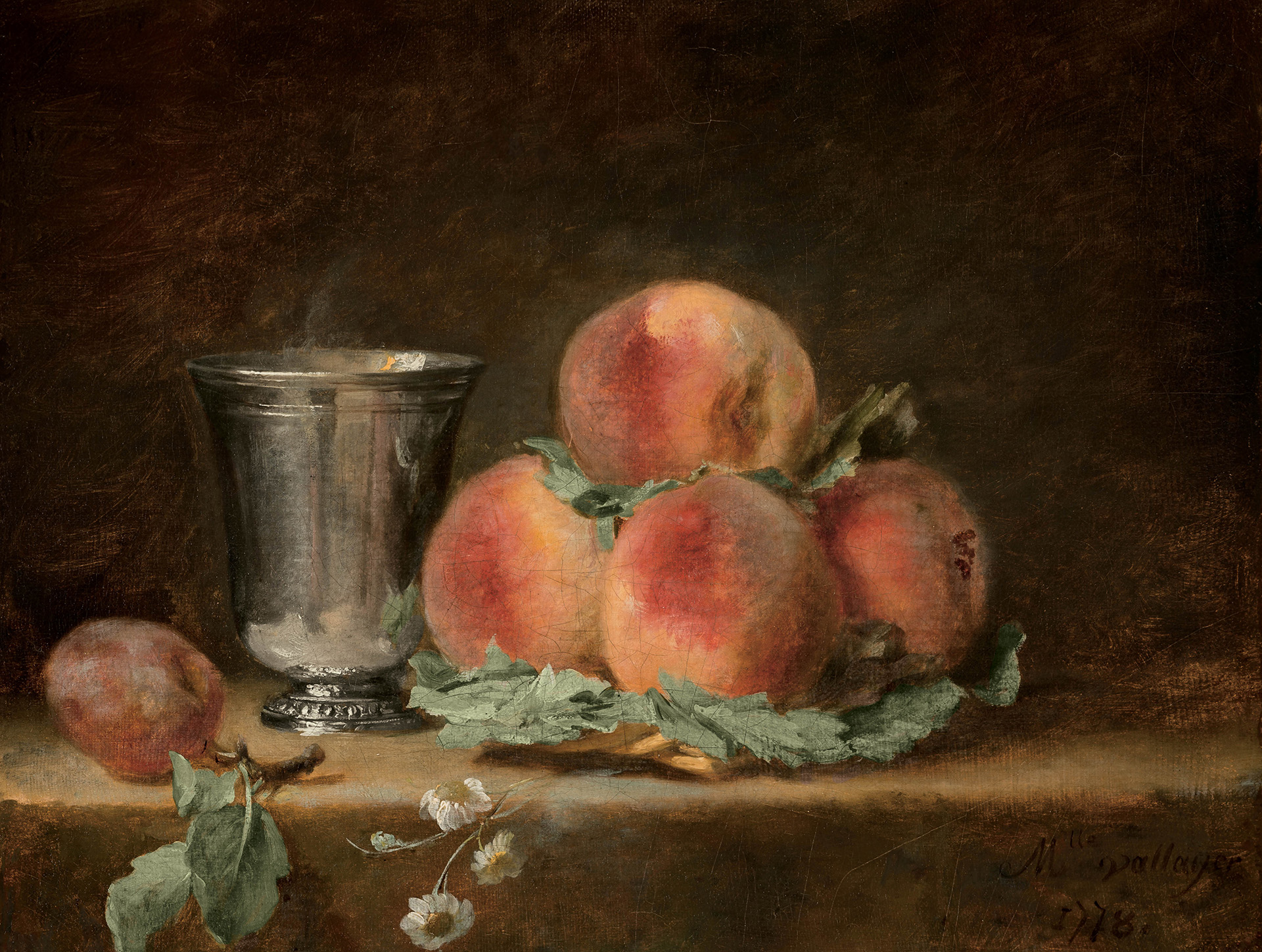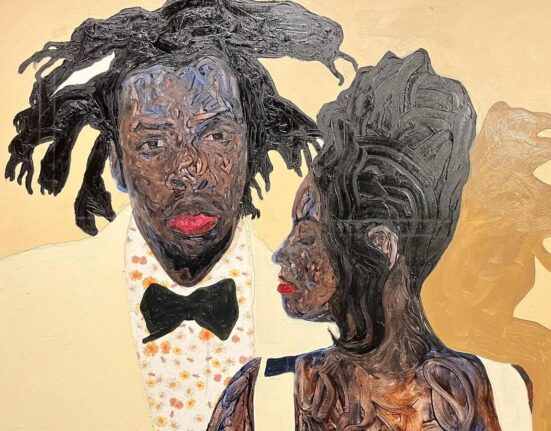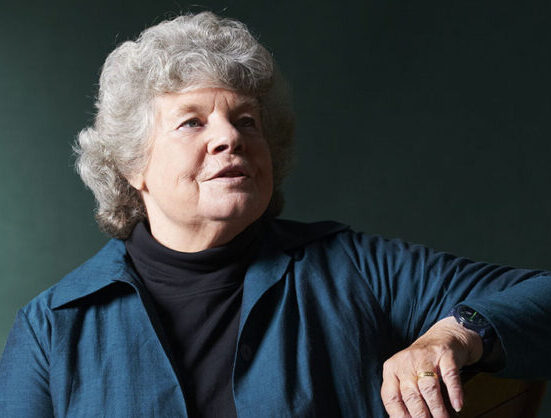Did you know women make up less than 1% of the named artists in the MMFA’s collection of historical European paintings, sculptures and works on paper? Most of their works have rarely, if ever, been exhibited at the Museum.
Spotlight : Women Artists in the Early Modern European Art Collection, designed as a series of installations across the second and third floors of the Michal and Renata Hornstein Pavilion for Peace, looks at why that is in order to spark new conversations around what – and who – defines great art.
Before the 20th century, professional women artists were commonly relegated to genres like still life, flower painting and portraiture, because these did not require the study of human anatomy through nude models. Deemed inappropriate for women, this training was essential for history painting and figural sculpture, the art forms most highly regarded within the male-dominated art world.
As a result, works produced by women were largely undervalued in art history and therefore less collected, studied or and cared for over time. However, tastes have changed, knowledge has grown, and museums are adapting.
Bringing together collection highlights, new acquisitions and never-exhibited works from storage, this presentation curated by Chloé M. Pelletier, Curator of European Art (before 1800), showcases women artists in the Museum’s permanent collection while questioning the value systems that kept them in the shadows for so long.







